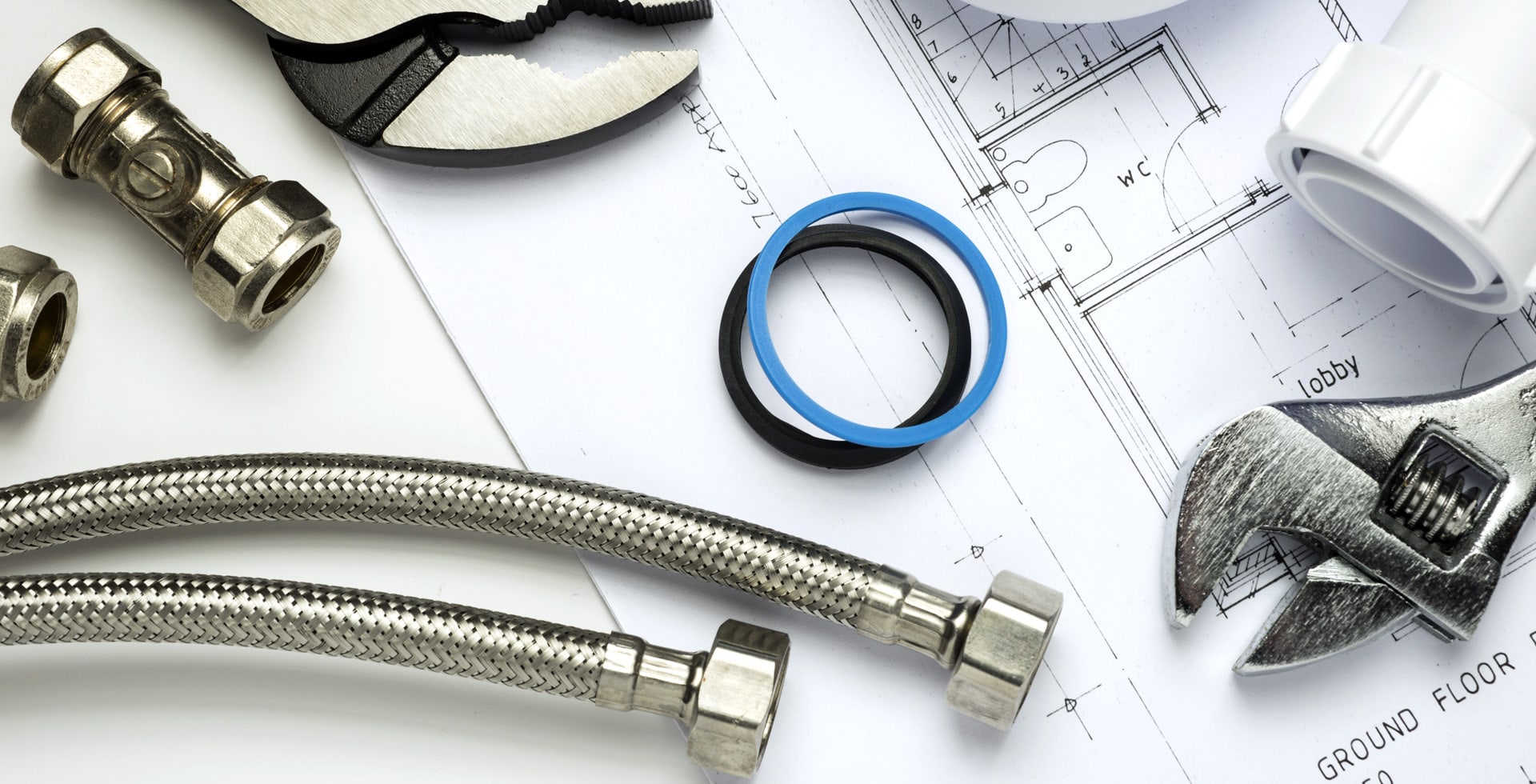“`html
How to Remove Old Insulation Safely
Removing old insulation is a crucial step in maintaining your home’s energy efficiency and indoor air quality. Whether you are renovating or repairing, knowing how to safely remove old insulation is essential. This guide provides a comprehensive overview of the removal process, including safety tips and best practices.
Why Remove Old Insulation?
Old insulation can lose its effectiveness over time due to several factors, including moisture, pest infestations, or general wear and tear. Here are a few reasons to consider removal:
- Improved Energy Efficiency: New insulation offers better thermal performance.
- Health Risks: Old insulation may harbor mold, small animals, or contaminants.
- Compliance: Updating insulation can help meet current building codes.
Preparation for Insulation Removal
Preparation is key to a successful insulation removal project. Follow these steps to ensure a safe and effective removal process:
- Assess the Area: Identify the type and extent of insulation that needs removal.
- Check for Hazards: Inspect for potential hazards such as mold or asbestos, which may require professional removal.
- Gather Tools: Prepare necessary tools including gloves, masks, goggles, a utility knife, a trash bag, and a vacuum with a HEPA filter.
Safety First: Protective Gear
Before initiating the removal process, it is vital to wear appropriate protective gear. This includes:
- Heavy-duty gloves to protect your hands.
- A dust mask or respirator to avoid inhaling insulation fibers.
- Safety goggles to protect your eyes.
- Long sleeves and pants to minimize skin exposure.
- Hard hats if working in an enclosed space with overhead hazards.
Steps to Remove Old Insulation
Follow these steps to safely remove old insulation:
1. Seal off the Area
To minimize dust and debris, close off entry points to the area being worked on. Use plastic sheeting to create a barrier.
2. Remove any Obstacles
Clear the area of any items that may obstruct your work. Remove furniture, tools, and other barriers that can hinder movement.
3. Carefully Cut and Remove Insulation
Using a utility knife or a sharp-edged tool, carefully cut the insulation into manageable pieces. Roll or fold it for easier disposal.
4. Place Insulation in Bags
Immediately place the removed insulation into heavy-duty trash bags. This helps contain any dust and particles, preventing them from spreading.
5. Use a Vacuum for Cleanup
Utilize a vacuum with a HEPA filter after removing the insulation to collect any loose particles. This step is crucial for maintaining air quality.
6. Dispose of Insulation Properly
Check local regulations for proper disposal methods. Some insulation materials may be recyclable, while others should go to a landfill.
Handling Special Cases
There are specific types of insulation that may require additional care:
Asbestos Insulation
If you suspect or discover asbestos insulation, do not attempt to remove it yourself. Hire a licensed professional for safe and compliant removal.
Moldy Insulation
If insulation shows signs of mold, consider hiring a remediation professional. It’s essential to address the source of moisture before replacing insulation.
Pest-Infested Insulation
Should you find evidence of pests, consult an exterminator before proceeding with insulation removal to address the infestation effectively.
Post-Removal Steps
Once the old insulation is removed, follow these post-removal steps:
- Inspect the Area: Check for any damage that needs repair, such as leaks or structural issues.
- Clean Thoroughly: After vacuuming, clean surfaces with a damp cloth to collect any remaining dust.
- Install New Insulation: Consider professional installation to ensure optimal energy efficiency and safety.
Conclusion
Removing old insulation is a significant step toward ensuring your home remains energy-efficient and healthy. By following safety protocols and the removal process outlined above, you can tackle this project safely. Remember to prioritize your health by wearing protective gear and assessing for hazards prior to getting started. If faced with asbestos or mold, do not hesitate to seek professional help. Proper insulation removal not only enhances your home’s comfort but also contributes to a better indoor environment.
“`

